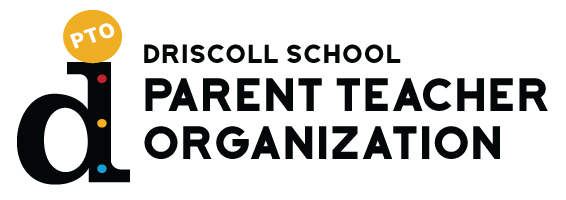Every Winter, Driscoll School celebrates Science Solstice: a day when the whole school suspends its regular routine to do science.
Our goal is to increase students’ enthusiasm and interest in science and technology as well as in becoming scientists.
We boost students’ interest with the “wow” approach: scientists do cool things (the “Mythbusters” or “Magic School Bus” approach to science).
Kids have a chance to practice scientific methods, and see a glimpse of the careful, detailed work that leads to scientific discovery, giving them a taste of how scientific knowledge is created.
Grade School
Grades K - 5 stay in the building and are ‘wowed” by science with presentations of live animals, robots, or the “Sounds of Science.” They learn about the scientific methods as they build electric circuits, practice on a medical simulation mannequin, or build geodesics domes with straws. At the end of the day, they respond through writing and drawing about the question: “What do scientists do?”
Middle School
Grades 6-8 leave the building to explore local research labs or facilities. These field trips both peak students’ interest in science and expose them to different careers in science and technology. In a small group, each student has the opportunity to visit a lab, such as an engineering facility, a bio-tech start up, or a university research lab. In many tours, students participate in a hands-on activity.
At the end of the day, students write reflections about their lab’s main research questions, the ways in which math and writing skills are used in the research, and how the research connects to the larger world.All in all, it’s a great day of learning and discovery!
This Year in Middle School SCIENCE SOLSTICE:
Discover the connection between wind tunnels, astronauts and NASA,
- AeroAstro MITGet the latest in video game design and culture like Dungeon and Dragons, Lord of the Rings and Game of Thrones by Warner Bros
- TurbineLearn the science behind making and breaking codes
- Cryptography dept at Boston UniversityUnderstand how the brain works
- MIT McGovern Institutes watching the human brain in actionDiscover medical products to diagnose, treat brain disorders such as epilepsy and Alzheimer’s disease
- Neuro-ElectricsEngage in learning about exercise physiology, motor control and virtual rehabilitation
- Northeastern University Action LabDesign an electrical circuit and watch it work
- Boston University Electronics ShopWatch global company design and make Tesla lithium-ion batteries
- A123 SystemsUnlock the mystery of human blood diseases and cancer through zebra fish research
- Harvard University, Zon fish lab
For questions about Science Solstice, contact Driscoll PTO @ Driscollpto@gmail.com

